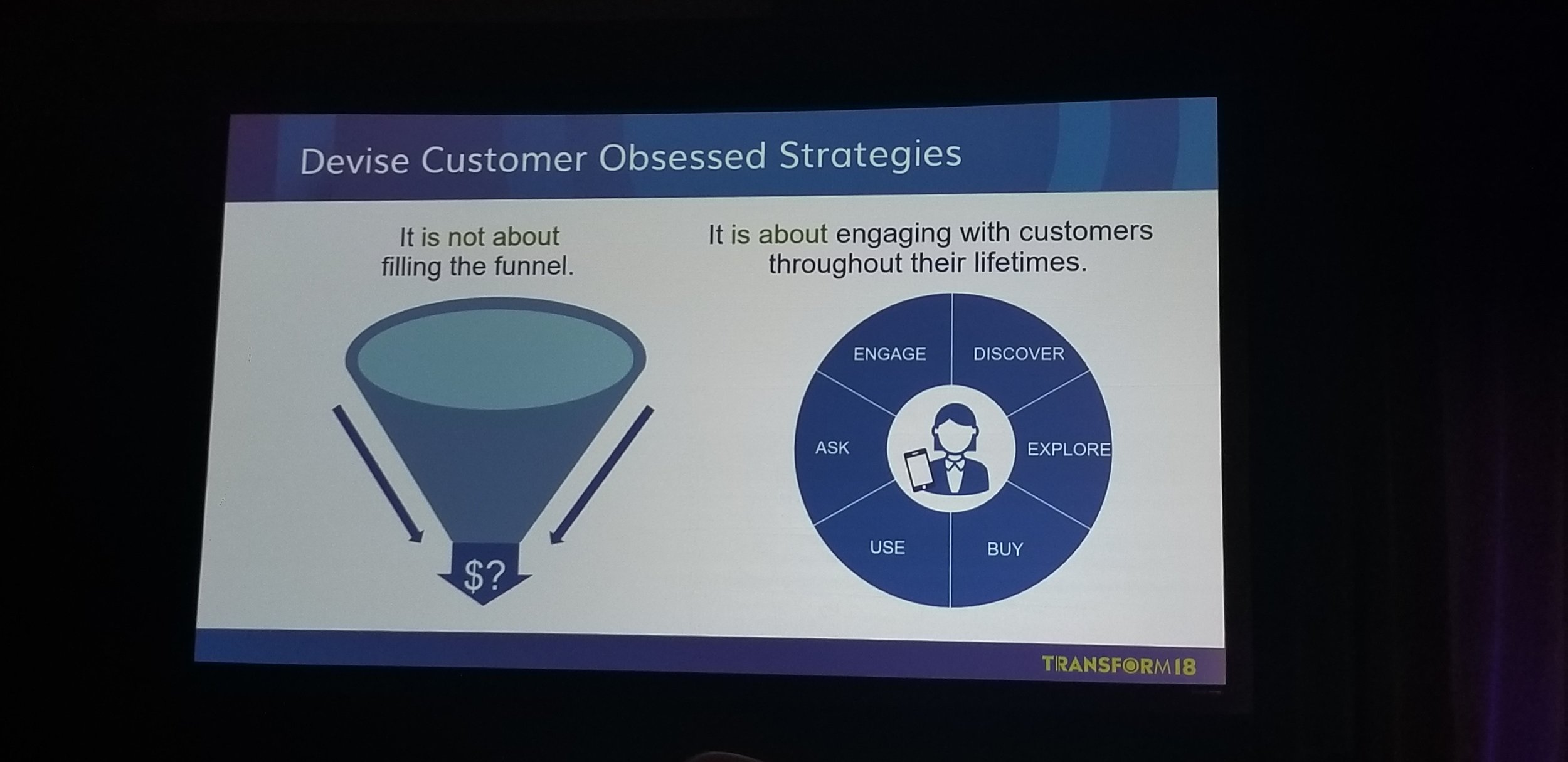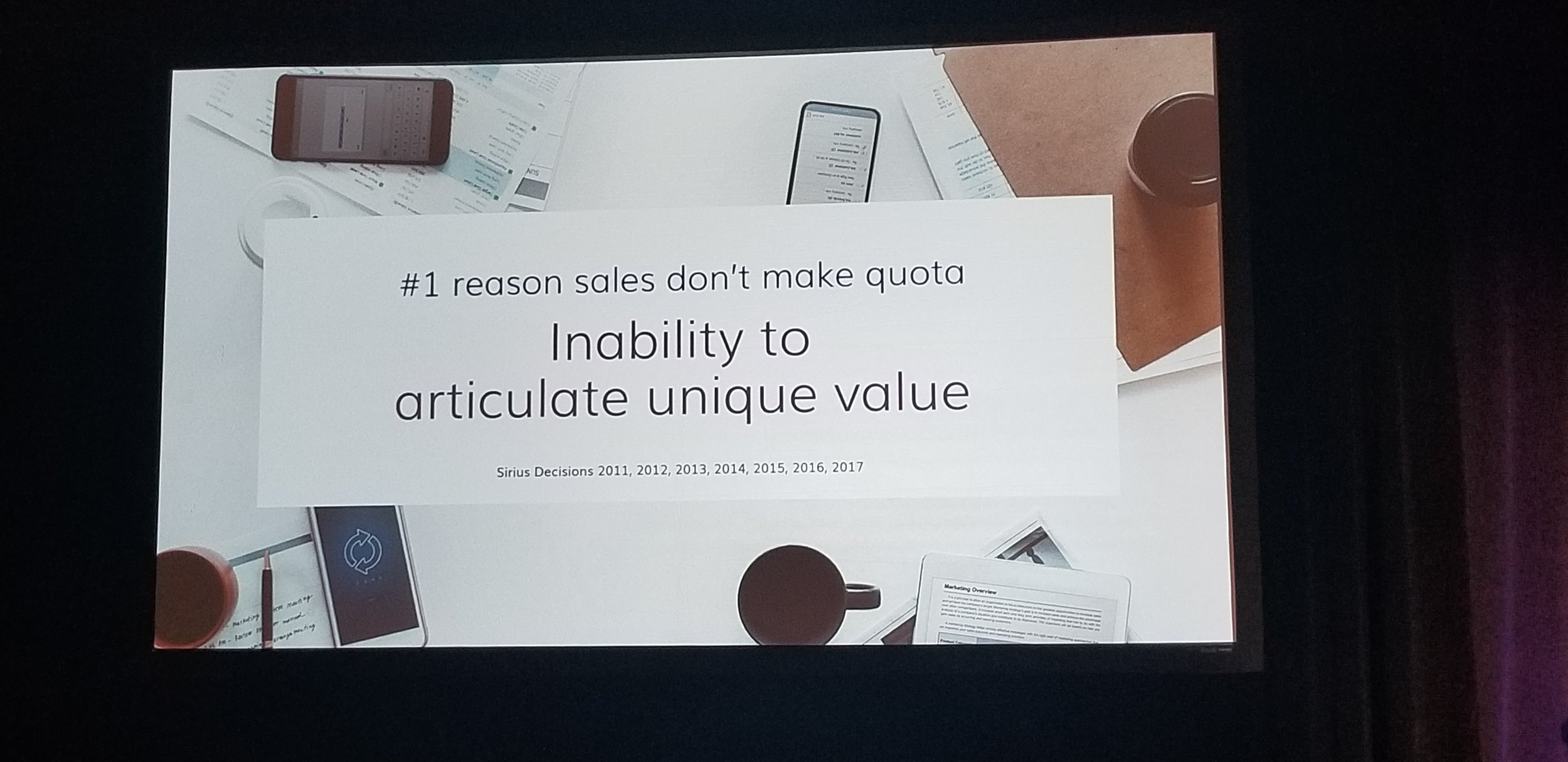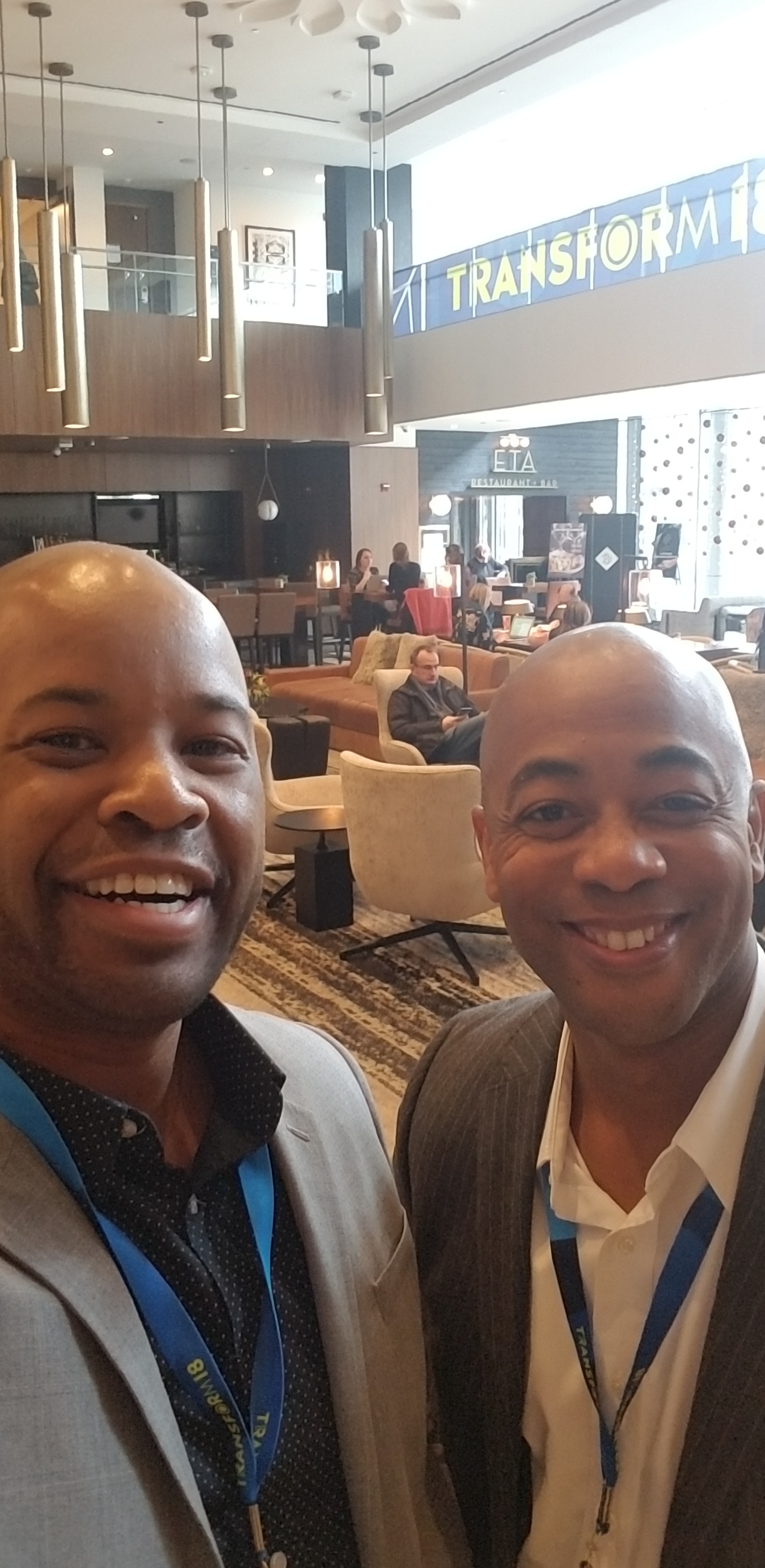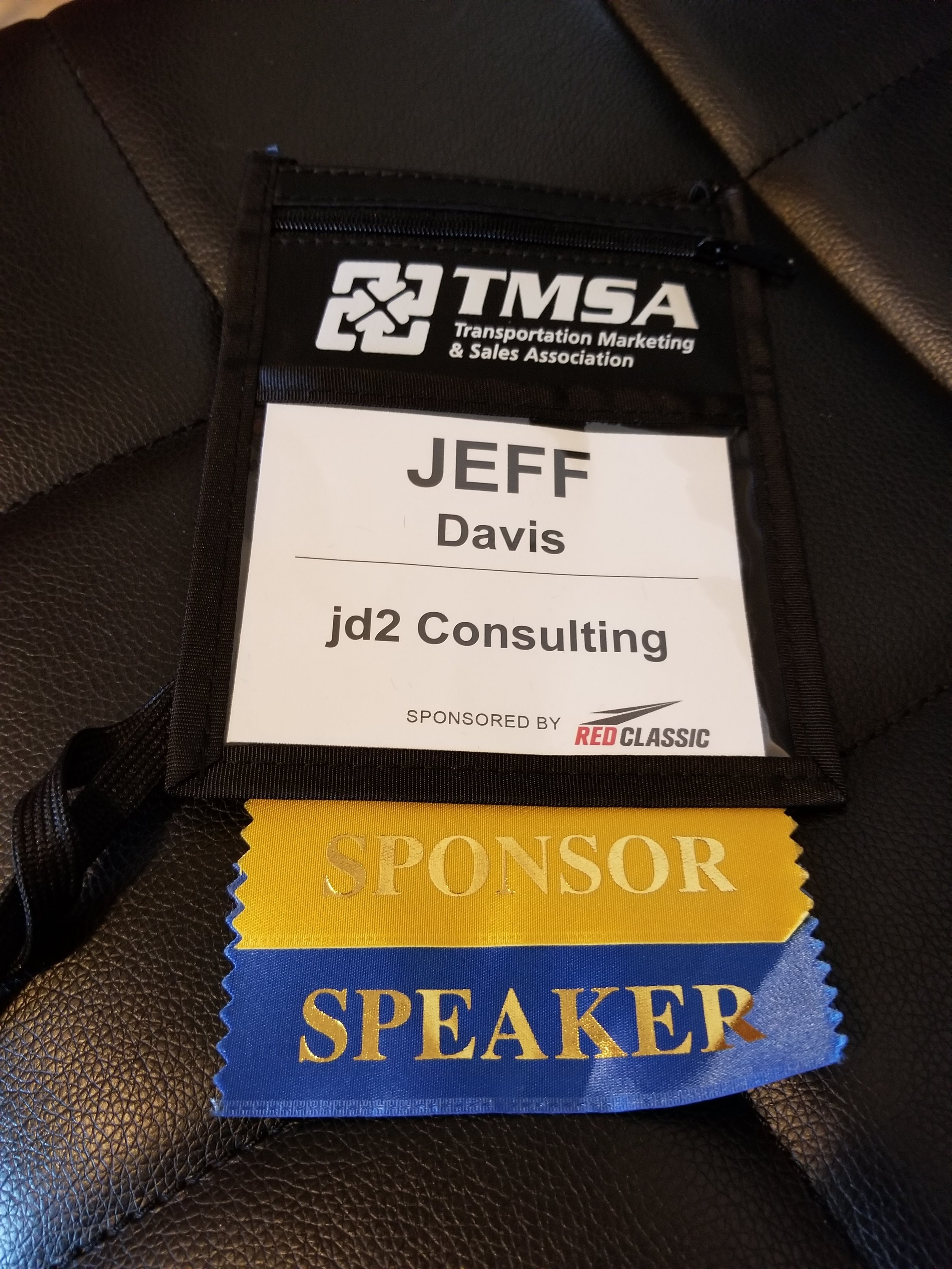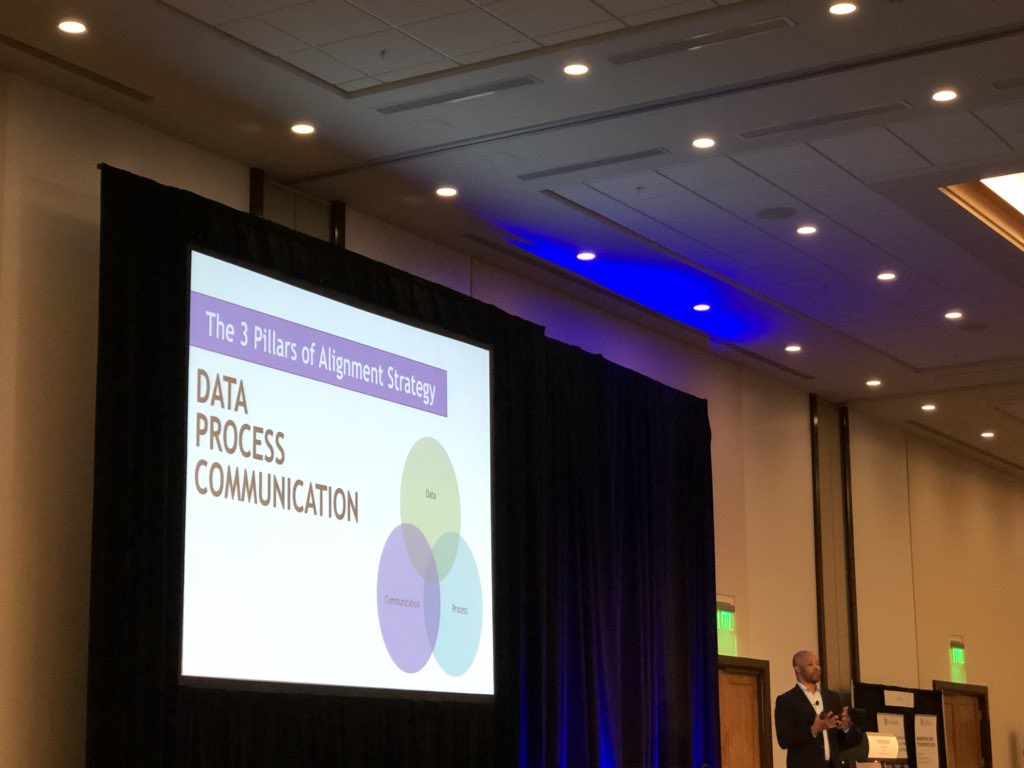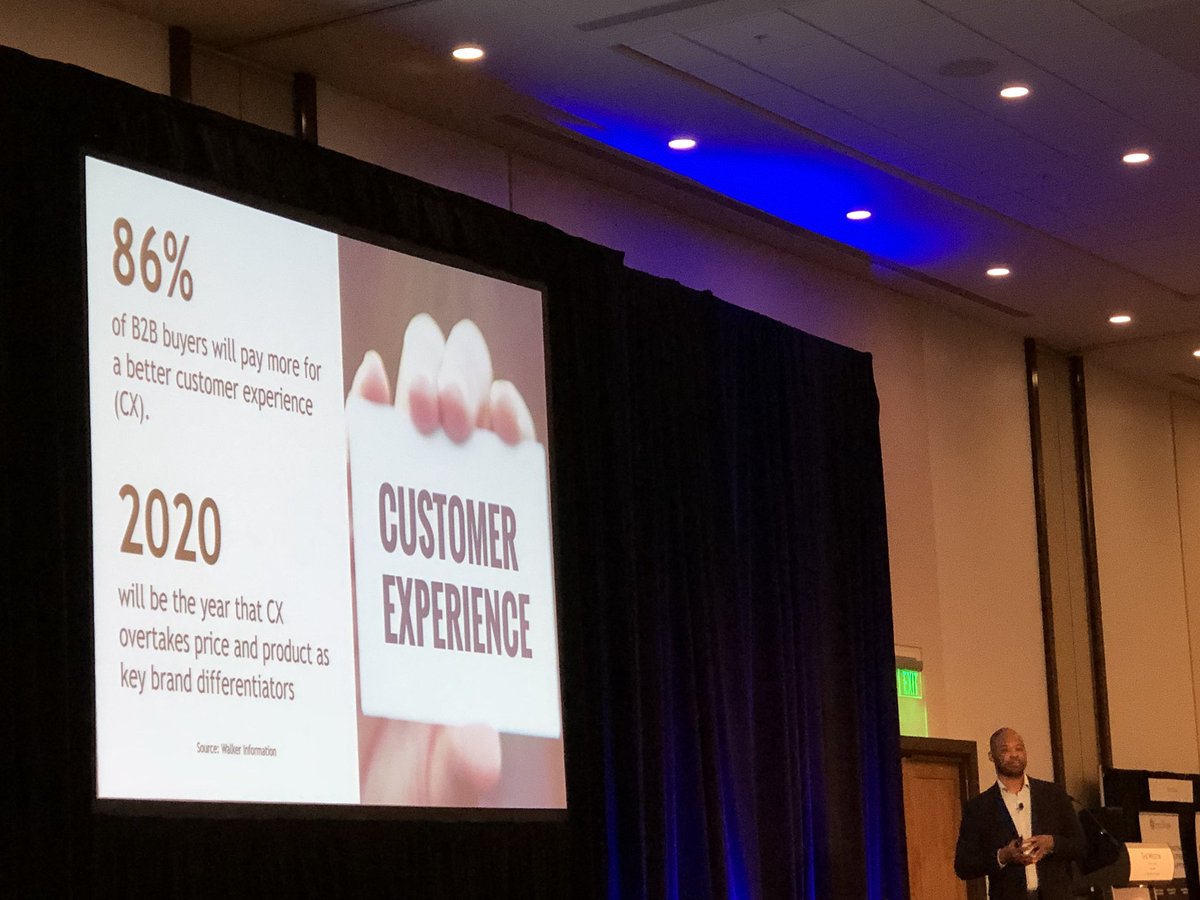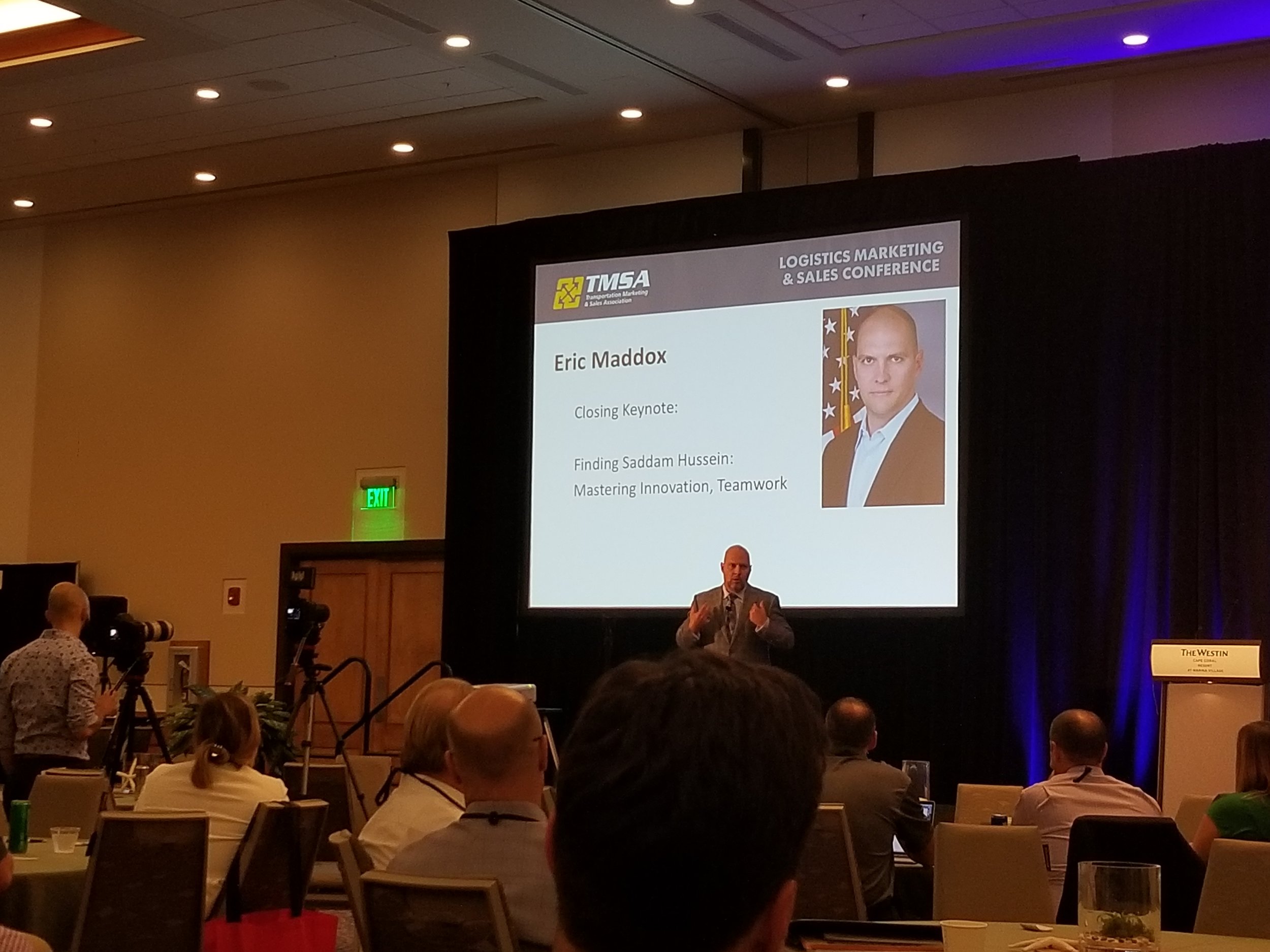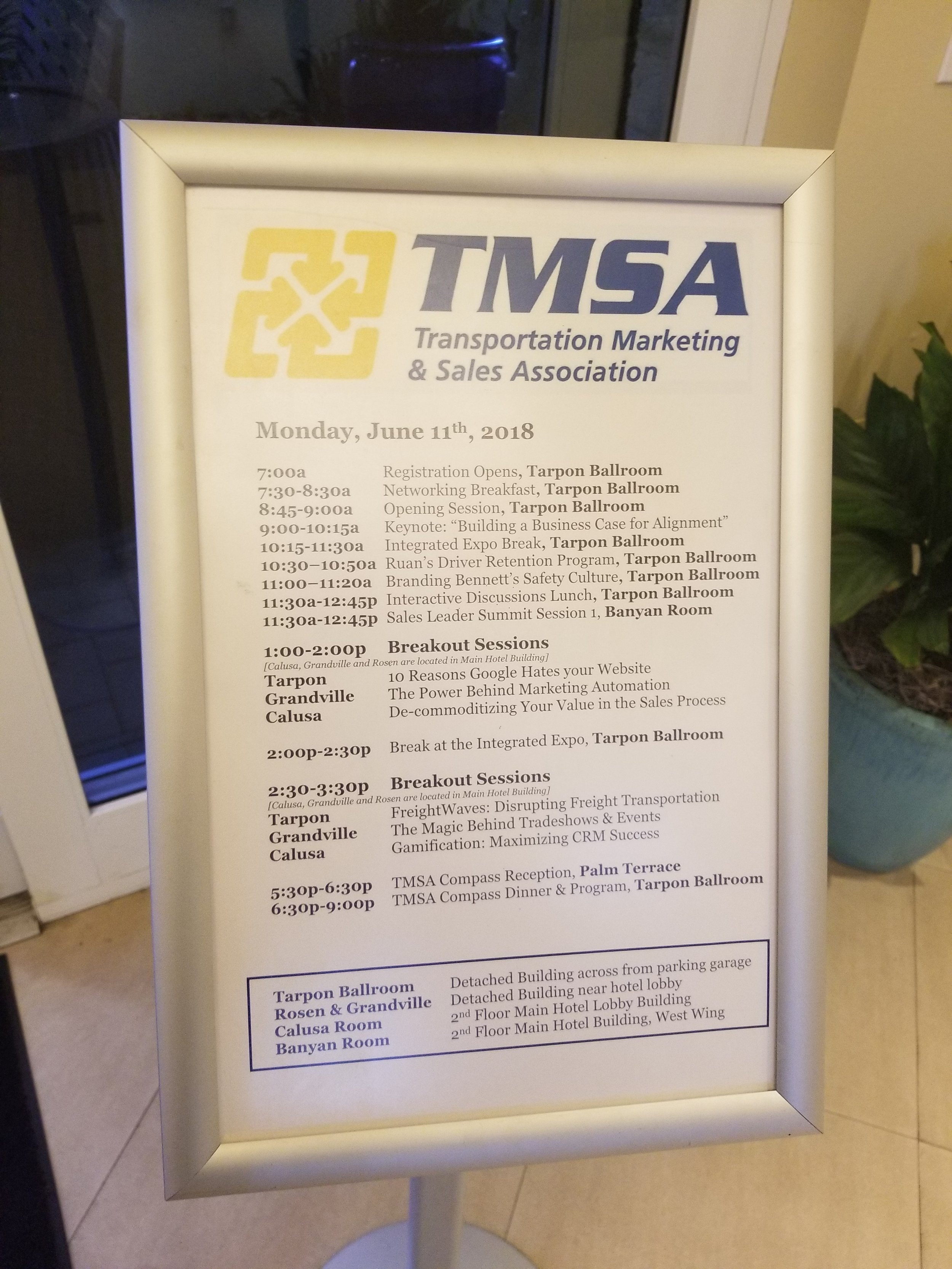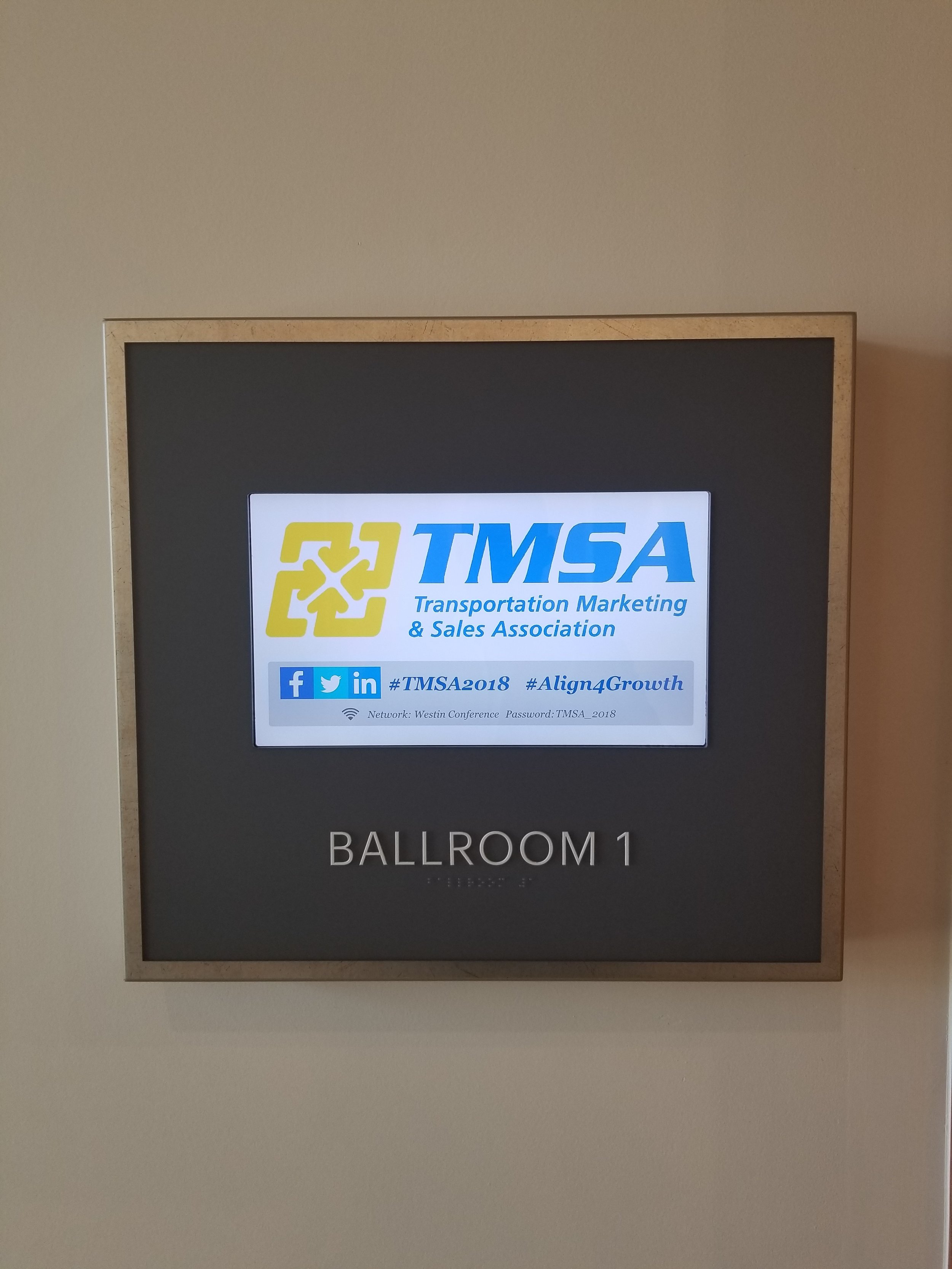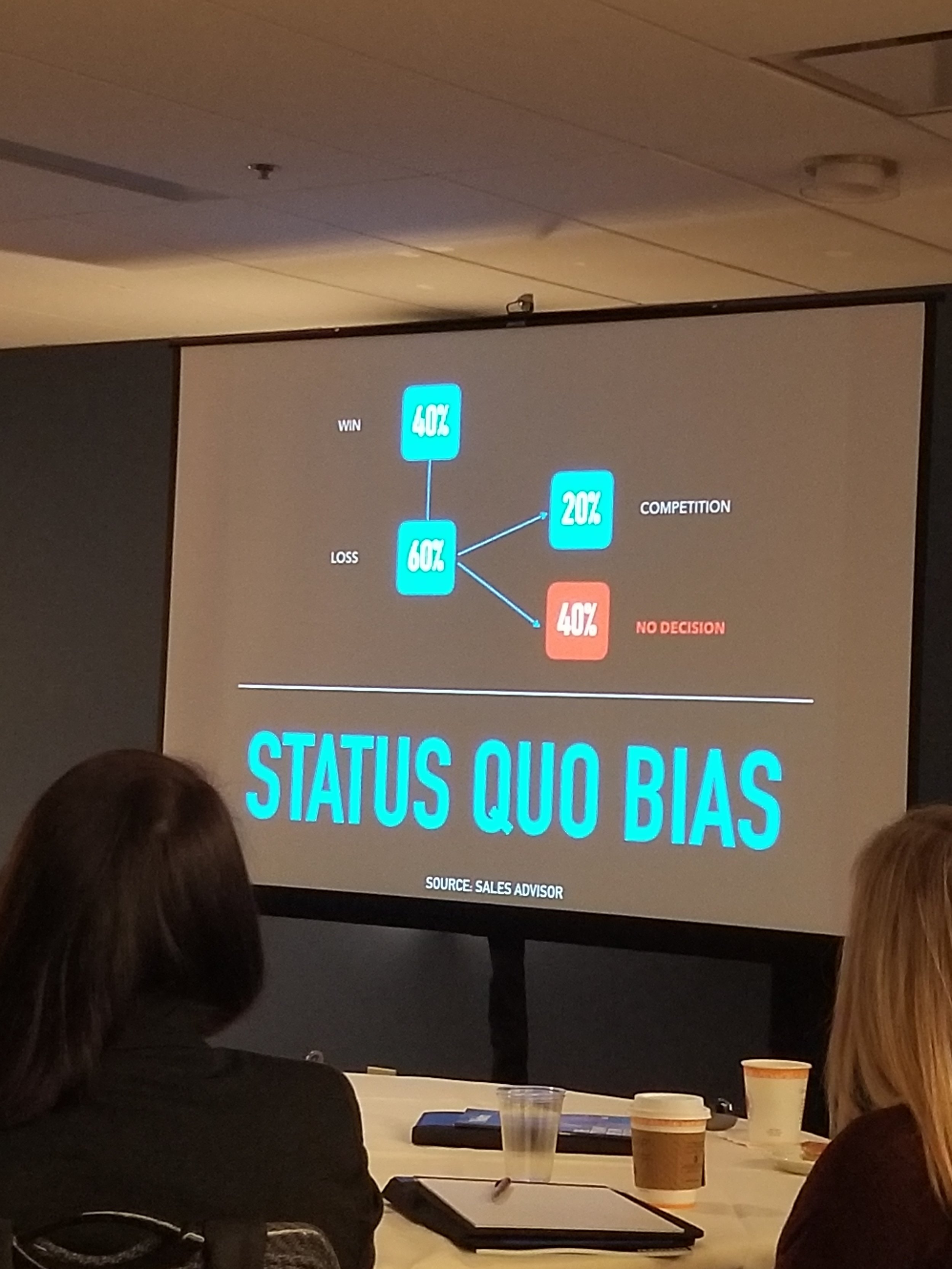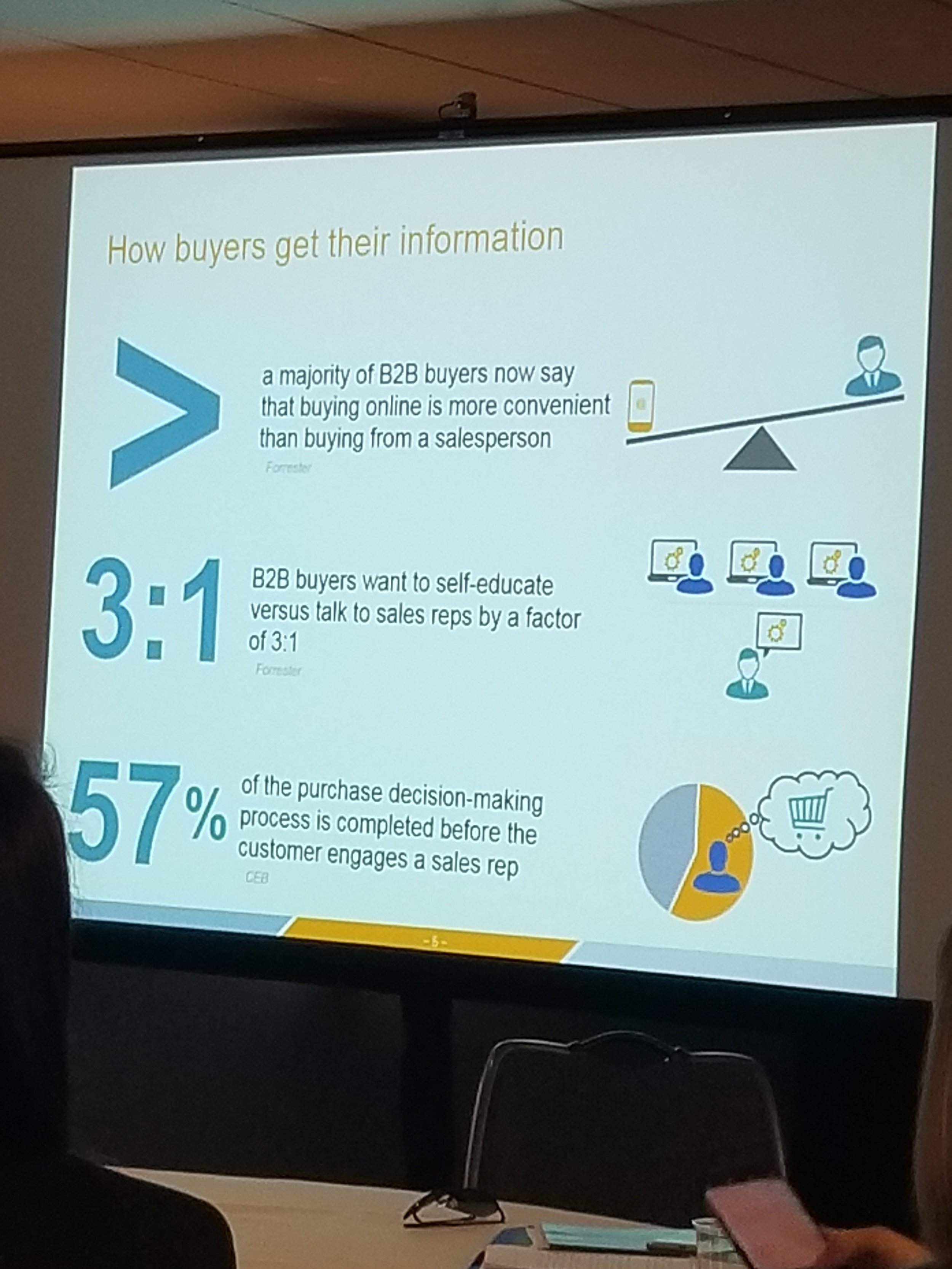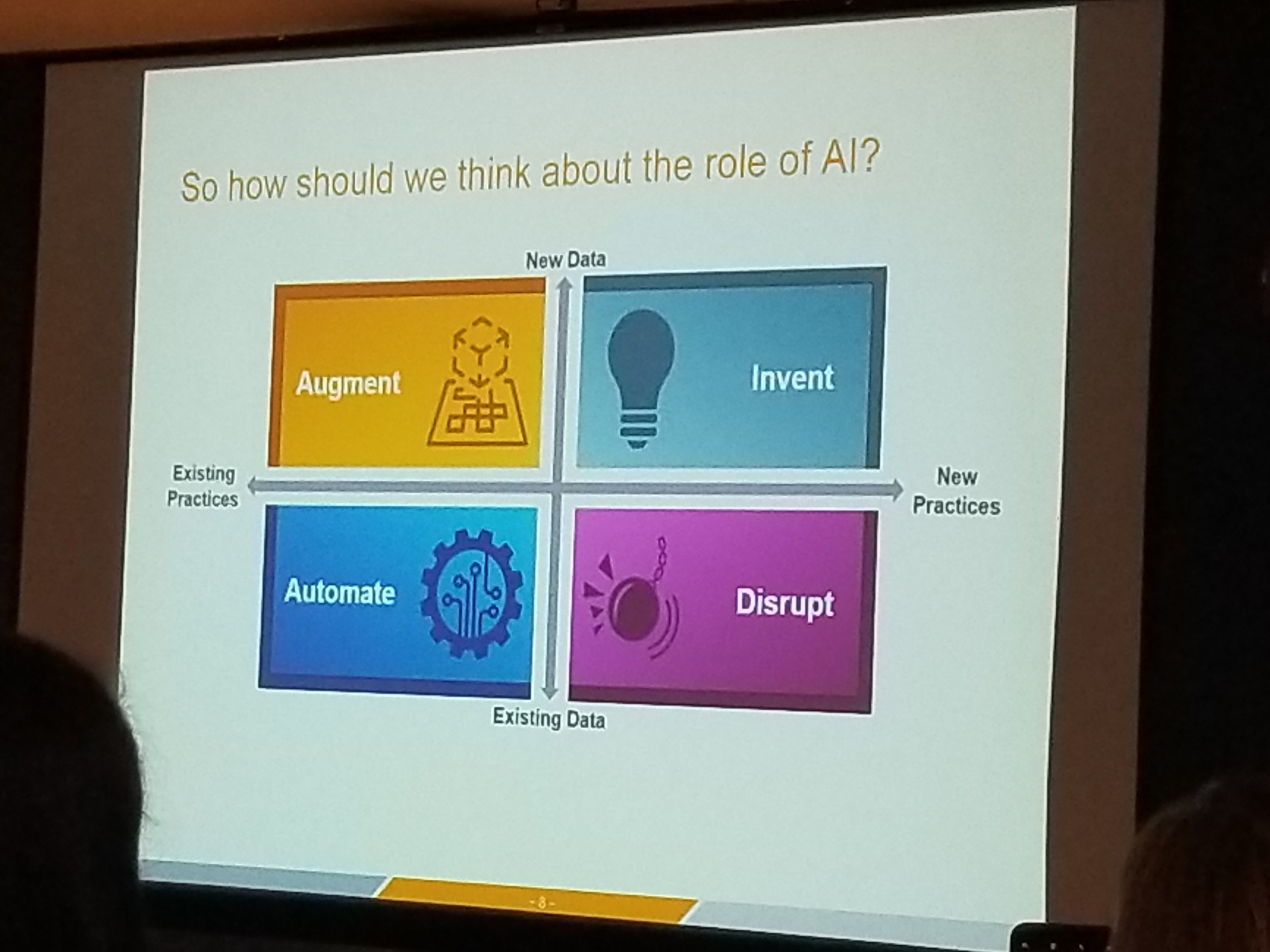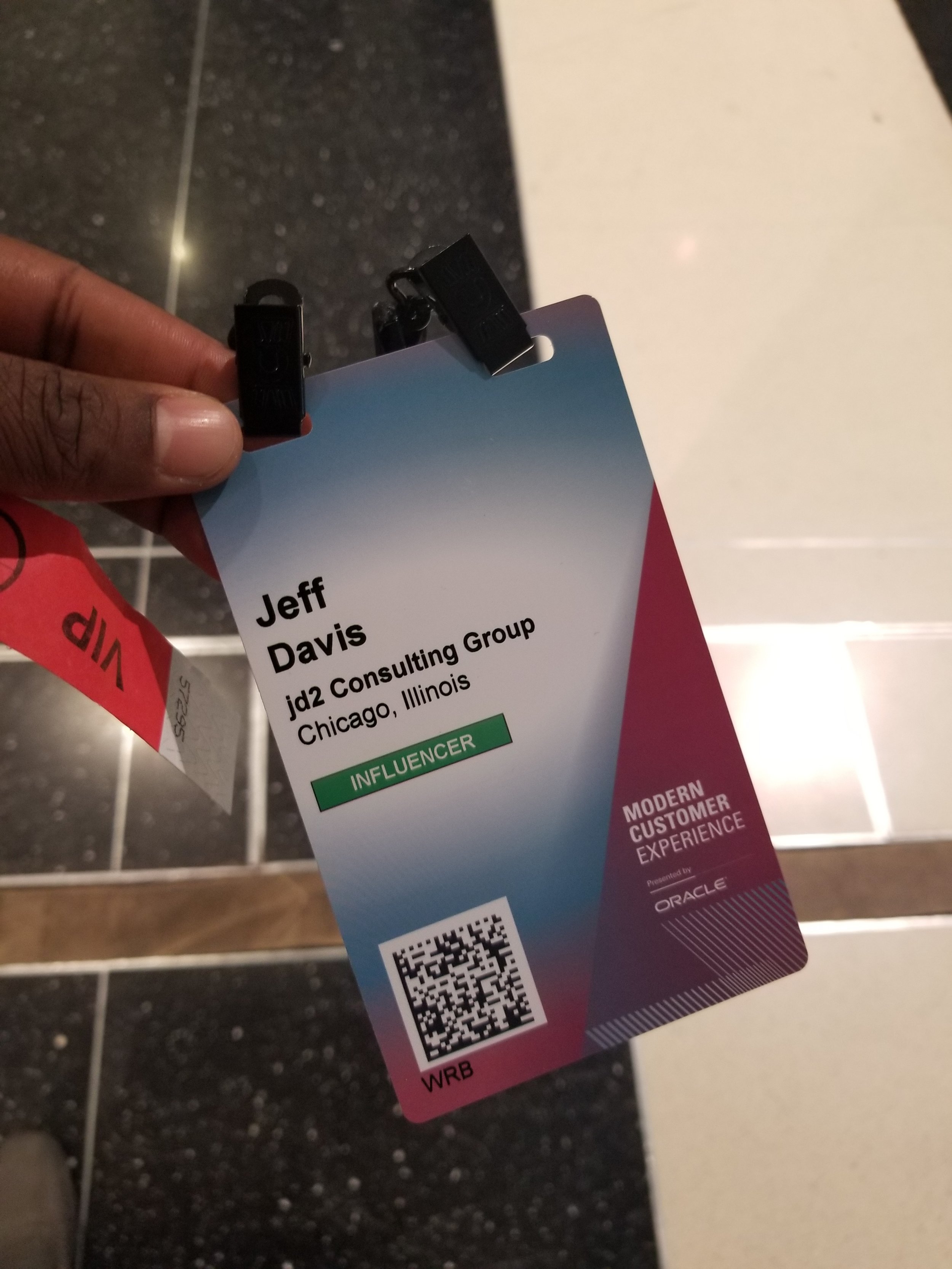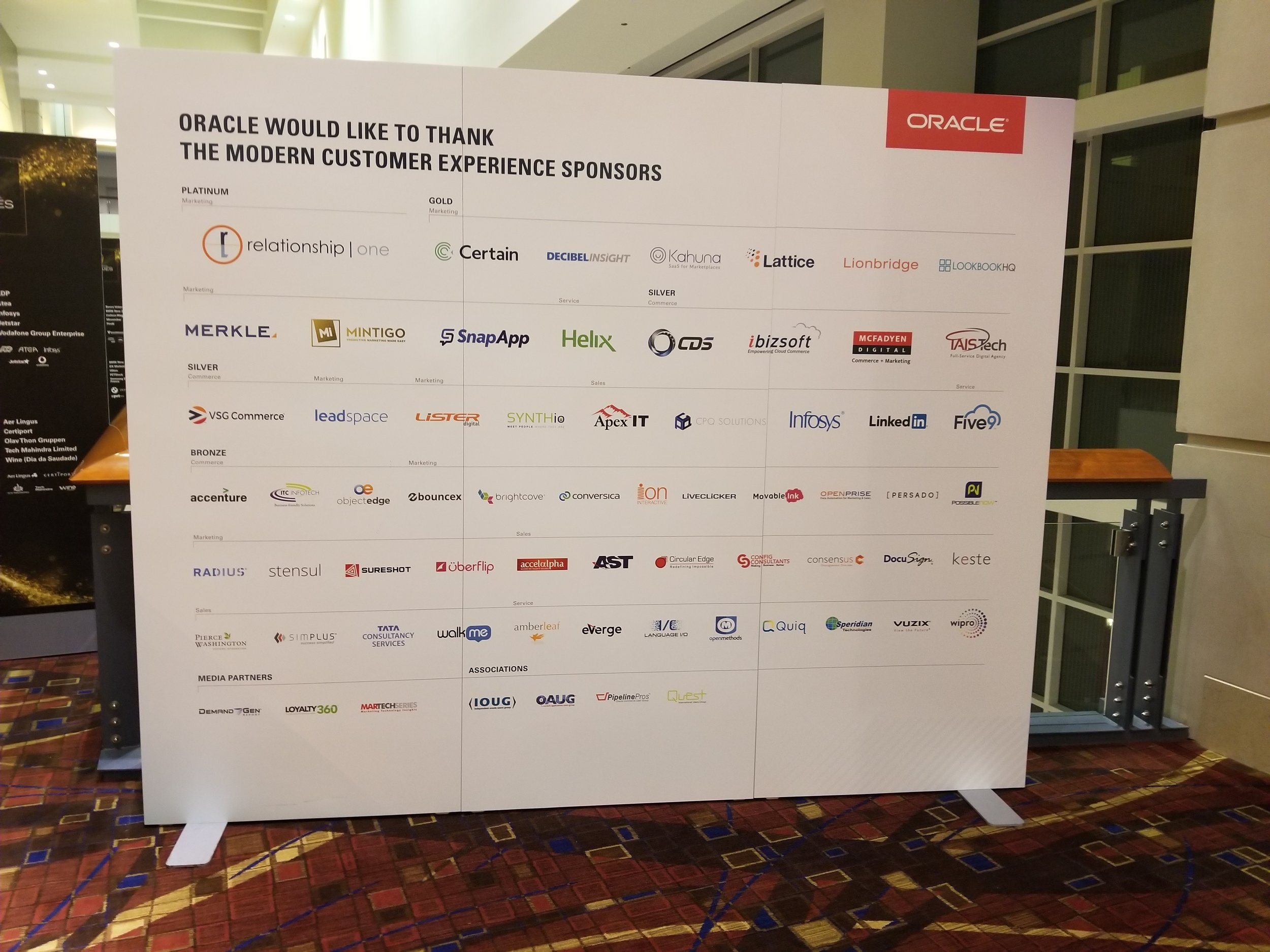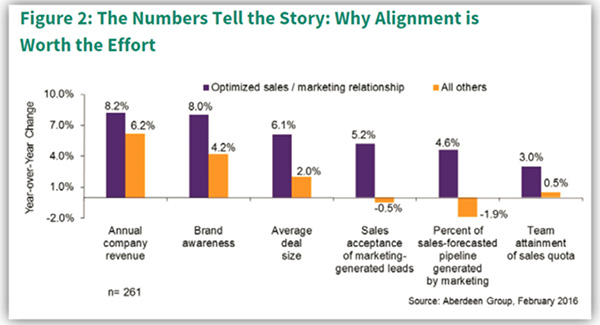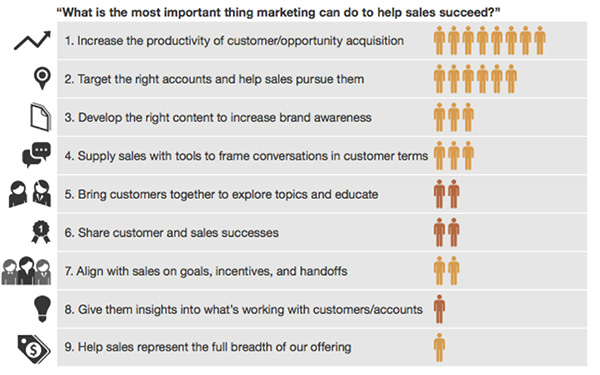I‘ve had the pleasure of learning so much about how to strategically align B2B Sales and Marketing this year through too many different interactions to count. Whether it be through conversations with guests on TheAlignmentPodcast.com, talking to attendees after a keynote address, attending a conference, or reading great content published by others that have an interest in the topic, one thing stood out every time - alignment is no longer an option for B2B leaders.
With that in mind, I’d like to share some of the top resources i think Sales and Marketing leaders show be aware of it they are looking to transform their teams into a high-performing Revenue Engine where Sales and Marketing are aligned to meet the needs of the modern buyer.
“Aligned to Achieve” (book) by Tracy Eiler and Andrea Austin
A great book for Sales and Marketing leaders to be able to understand why alignment is so important and how to start the conversation not only together but with their senior leaders to gain support.
A fast growing podcast for B2B leaders that fuses conversations with experts in sales, marketing, leadership, psychology, data science and more to create insights toward a more holistic and strategic approach to aligning Sales and Marketing.
Customers 2020: The Future of B2B Customer Experience [Walker]
Study that demonstrates the rapidly changing demands of the modern buyer and how customer experience (CX) will be more important than ever in the near future to stay competitive.
AI Growth Summit (online conference) [InsideSales.com]
Online conference sharing proven strategies from top companies and thought-leaders on how Sales and Marketing can leverage AI to dramatically improve their results.
Solving for Marketing ROI [LinkedIn]
Resource that can help marketing leaders better calculate and quantify the ROI of the marketing team’s efforts and demonstrate the value that the team brings to the sales organization.
From Priming the Pipeline to Engaging Buyers: The B2B CMO’s New Role in Sales Enablement [Forrester]
Study that highlights some practical benefits that the marketing team can offer Sales to help them gain new customers. Also, great content for sales leaders to better understand what they should be asking for from their marketing counterpart to help their sellers succeed.
How Sales Can Win Before 57% of the Buyer’s Journey is Over [LinkedIn Sales blog]
Article that helps sales and marketing leaders think differently about how they can work together to get in front of the buyer earlier in the process and help them shape a vision for what business solution(s) they need.
Content Marketing and Sales Alignment: Bridging the Gap [Content Marketing Institute]
Article and research on the benefits of Sales and Marketing aligning on content and its affect on overall strategic alignment between the two teams.
The Ideal Customer Profile: Why is “fit data” so important? [DiscoverOrg]
Article on the importance of figuring out what a “good lead” looks like by creating an Ideal Customer Profile (ICP) by focusing on “fit” data which should include input from both Sales and Marketing.
I hope these resources are helpful as you start planning out your journey to a more aligned sales and marketing team.
If you are interested in:
having me speak at your organization,
conduct an executive workshop, or
business coaching services
Excited to help B2B leaders get better at connecting with the modern buyer in a meaningful way and driving revenue growth for the organization.
See you in 2019!!!





